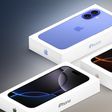The legal battle between Qualcomm and Apple is heating up, with Qualcomm planning to seek an import ban that would prevent iPhones from being able to enter the United States, reports Bloomberg. Qualcomm is reportedly "incensed" over Apple's decision to stop paying licensing fees during the dispute and is aiming to retaliate.
Qualcomm is preparing to ask the International Trade Commission to stop the iPhone, which is built in Asia, from entering the country, threatening to block Apple's iconic product from the American market in advance of its anticipated new model this fall, according to the person, who asked not to be identified because the discussions are private.
Qualcomm and Apple have been facing off in an ongoing legal dispute since January that started when the FTC complained that Qualcomm had engaged in anticompetitive patent licensing practices. Shortly after the FTC complaint, Apple sued Qualcomm, accusing the company of charging unfair royalties for "technologies they have nothing to do with" and refusing to pay quarterly rebates.

In April, Qualcomm countersued, accusing Apple of breaching licensing agreements, making false statements, and encouraging regulatory attacks against Qualcomm's business in multiple countries. Qualcomm claims Apple "could not have built the incredible iPhone franchise" without relying on Qualcomm's "fundamental cellular technologies."
The lawsuit heated up in late April when Apple stopped making royalty payments to Qualcomm and confirmed it would not continue payments until a court figured out the total amount that was owed. Apple CEO Tim Cook yesterday reiterated that Apple could not pay the fees without the court deciding what amount should be paid due to Qualcomm's refusal to license its patents under FRAND (Fair, Reasonable, and Non-Discriminatory) terms.
In terms of why we're withholding payments, you can't pay something when there's a dispute about how much is needed to be paid. There hasn't been a meeting of the minds there. At this point, we need the courts to decide that. [...]
The reason we are pursuing this is that Qualcomm is trying to charge Apple a percentage of the total of the iPhone value, but their modems/patented technologies are one small part of the iPhone. We don't think that's right, so we're taking a principle stand on it. We strongly believe we're in the right, as they probably think they are.
The United States International Trade Commission could potentially put a stop to iPhone shipments to the United States should the ITC side with Qualcomm. ITC cases are processed more quickly than cases in the federal courts, where this lawsuit will likely be drawn out for years to come.



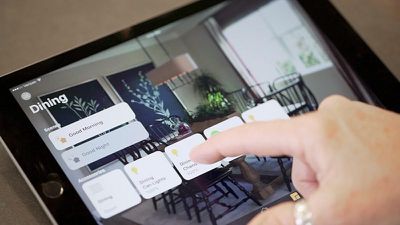
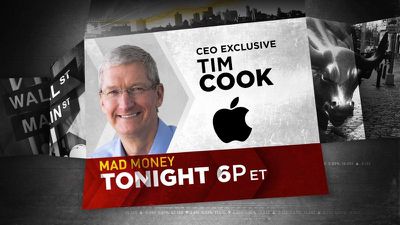
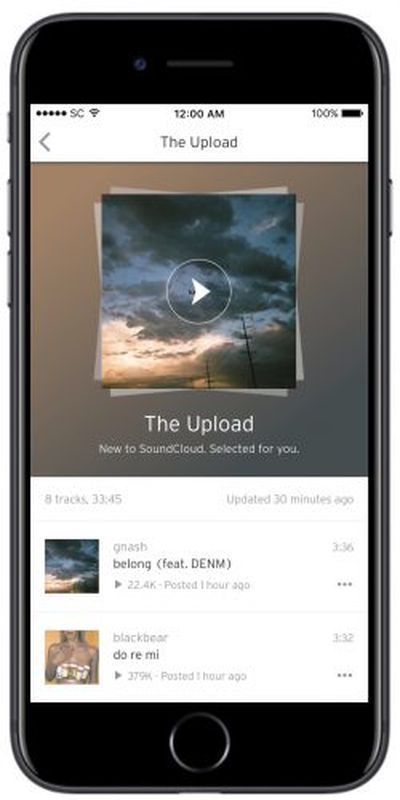
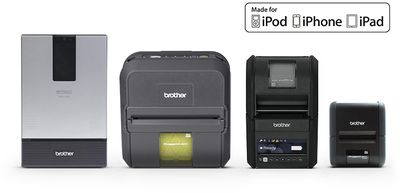
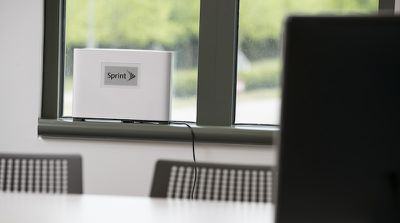
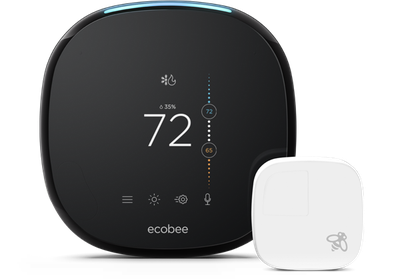
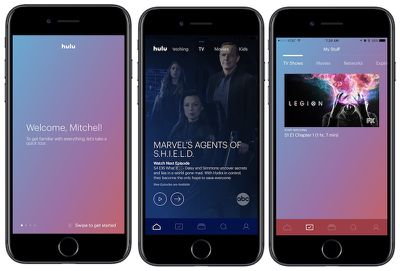

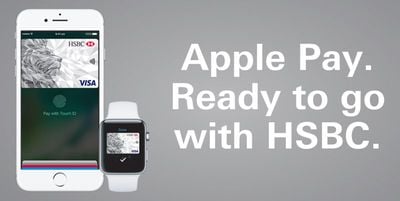





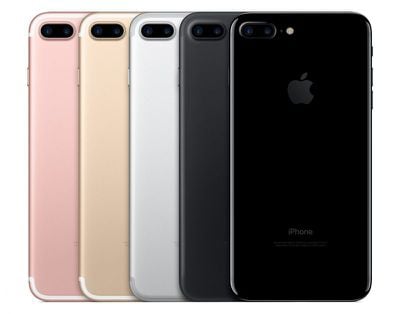
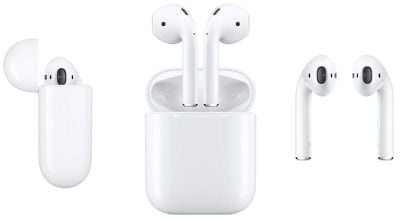
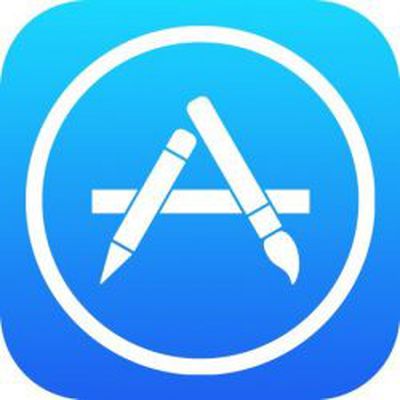 During today's
During today's 







